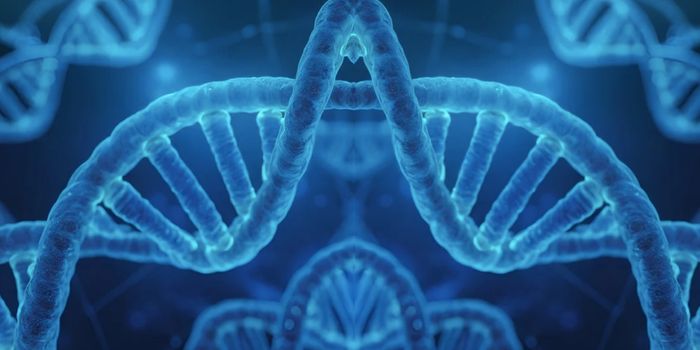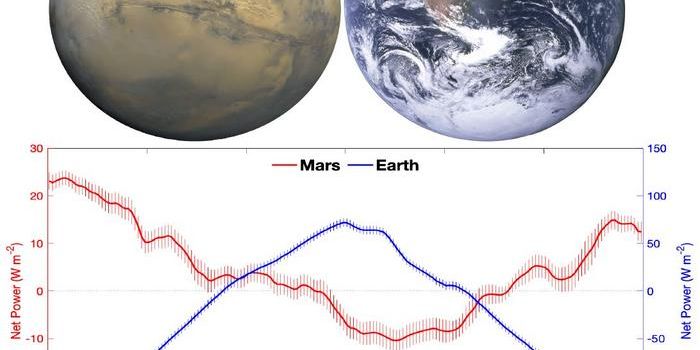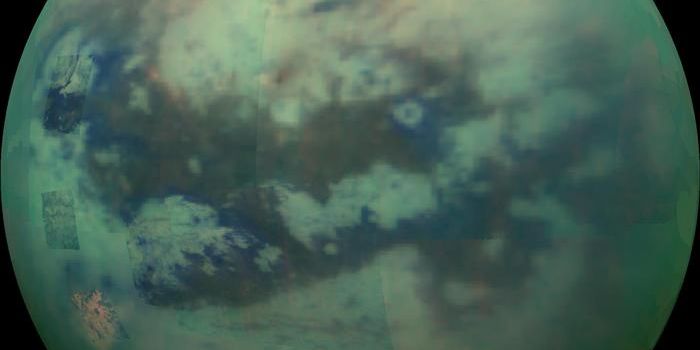Wearable device provides real-time cardiac imaging
While one of the most vital organs, the heart is constantly at risk from a range of conditions, whether heart disease, heart rhythm issues, or other types of cardiovascular disease that affect the heart’s ability to work properly. In fact, cardiovascular disease is so prevalent that an adult dies of cardiovascular disease every 34 seconds in the United States.
This reality makes it even more urgent to find ways to monitor for signs of these conditions, allowing clinicians to intervene earlier to treat cardiovascular conditions. However, it can often be hard to spot signs of cardiovascular disease; in some cases, the signs may be fleeting or unpredictable, highlighting a need for more precise tools that can detect these often-subtle signs.
A team of researchers at the University of California – San Diego have designed a new wearable device that can offer real-time ultrasound imaging of the heart, both in terms of its structure and functionality. The device is described in a recent article published in Nature.
No bigger than a postage stamp, the device can be worn on a person for almost a full day, even during strenuous activities like exercise. The device also uses custom-developed algorithms to to help the device measure how much blood the heart is pumping, which is an important indicator of several different kinds of cardiovascular disease.
The algorithms also allow the device to take images produced by the device of a wearer’s heart and analyze them for certain signs of heart conditions or heart disease, offering a more precise way of spotting any issues with someone’s heart. The ultrasound tool also lets clinicians to see the heart ventricles through a bi-plane view, which offers more robust ultrasound images that current technologies offer.
Researchers hope their new technology could make ultrasound monitoring more readily and widely available, which could help with better monitoring and diagnosis of heart conditions or people at risk of certain heart conditions.
Sources: Science Daily; CDC; Nature








